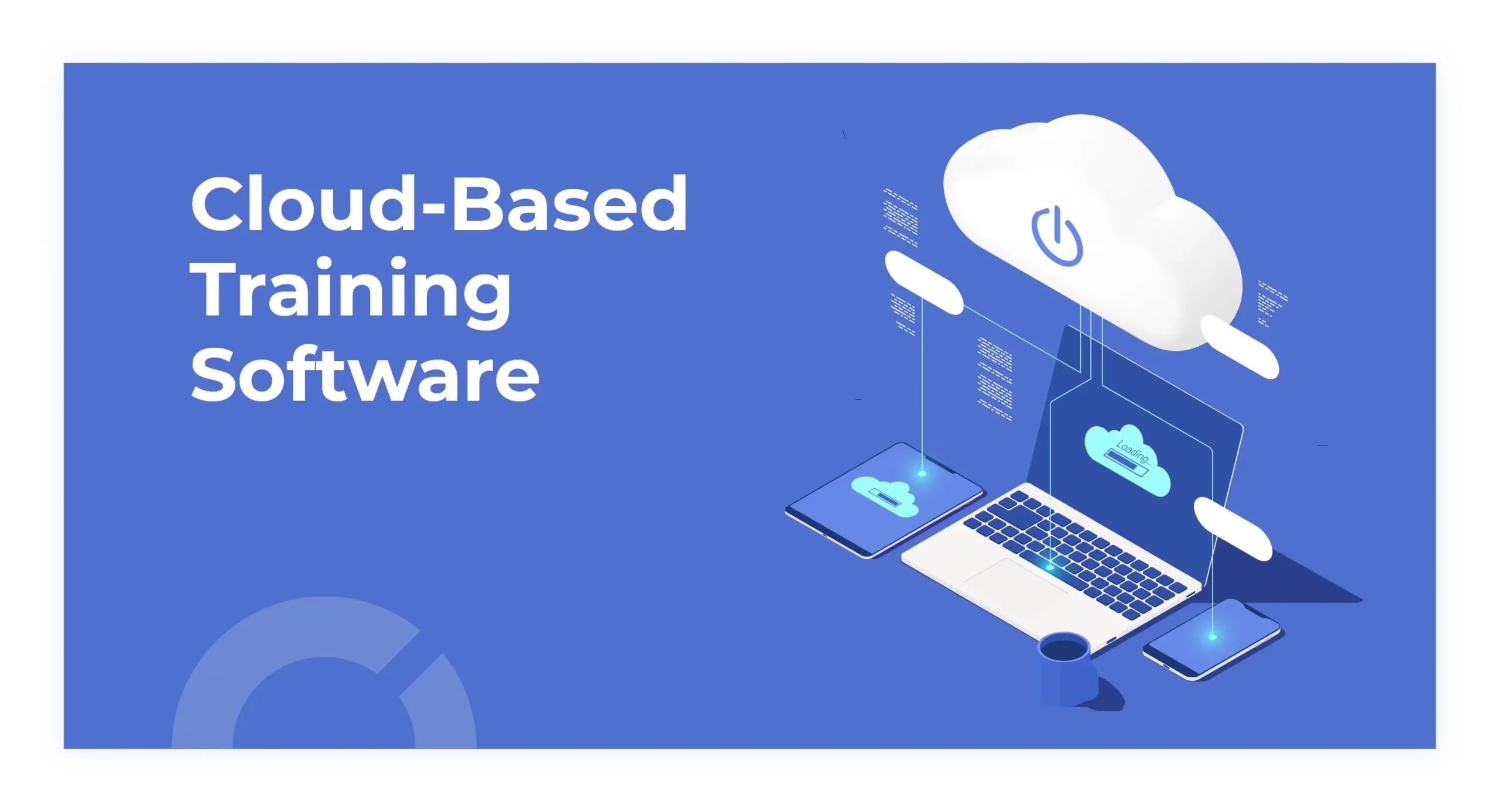In today’s digital era, effective management and delivery of learning content have become crucial for businesses of all sizes. A Learning Content Management System (LCMS) is essential in organising, storing, and distributing educational resources. However, with multiple options in the market, selecting the best learning content management system for your business can be tedious. This blog post will walk you through a step-by-step analysis to help you make an informed decision in choosing the right one.
Step 1: Assess Your Business Requirements
The first step in choosing the right learning content management system is identifying your business needs. Consider factors such as the size of your organisation, the number of learners, the type of content you plan to manage, and any unique requirements you may have. Determine whether you need an on-premises solution or a cloud-based system that offers scalability and accessibility.
Step 2: Identify Key Features
Look for a learning content management system with essential features to support your training initiatives. Some key features to consider include:
- Content Creation and Organisation: Ensure the LCMS allows easy creation and organisation of various content types, such as documents, videos, presentations, and assessments.
- Content Repository and Version Control: The Learning Content Management System Software should provide a centralised repository for storing content and offer version control capabilities to track revisions and maintain document integrity.
- User Management and Access Controls: Consider the ability to manage user roles, permissions, and access controls to ensure the right content is available to the right people.
- Collaboration and Feedback: Look for features that facilitate collaboration among learners, instructors, and subject matter experts. Features like discussion forums, commenting, and document review workflows can enhance the learning experience.
- Reporting and Analytics: The LCMS should offer robust reporting and analytics capabilities to track learner progress, identify knowledge gaps, and measure the effectiveness of your training programs.
Step 3: Integration Capabilities
Consider the LCMS’s integration capabilities with other systems you use within your organisation, such as Learning Management Systems (LMS). An LMS with a content management system ensures smooth data exchange and streamlines administrative processes.
Step 4: User Experience and Interface
A user-friendly interface plays a vital role in the adoption and success of an LCMS. Look for a system that offers an intuitive interface, easy navigation, and customisable branding options to align with your organisation’s visual identity.
Step 5: Scalability and Future-Proofing
As your organisation grows, so will your learning content management needs. Select an LCMS that can scale with your business and accommodate future requirements. Consider factors such as the system’s architecture, technology stack, and the vendor’s commitment to product updates and support.
Final Thoughts
In conclusion, when selecting a learning content management system, prioritise understanding your business requirements, identifying key features, considering integration capabilities, evaluating user experience, and ensuring scalability. By following this step-by-step analysis, you can make an informed decision that aligns with your organisation’s goals and maximises the impact of your learning and development initiatives.
If you wish to make things easier, we suggest trying Olive VLE’s Learning Content Management System, also known as Document Management System, since it’s one of the best learning content management systems for enterprise companies. Olive VLE provides powerful and feature-rich LCMS software capable of meeting your company’s requirements. Furthermore, Olive VLE’s LMS integrates seamlessly with the Document Management System, providing a complete solution for managing training and development initiatives. Therefore, organisations can efficiently create, organise, and deliver educational resources while fostering collaboration and ensuring data security. Visit our website to learn more.







